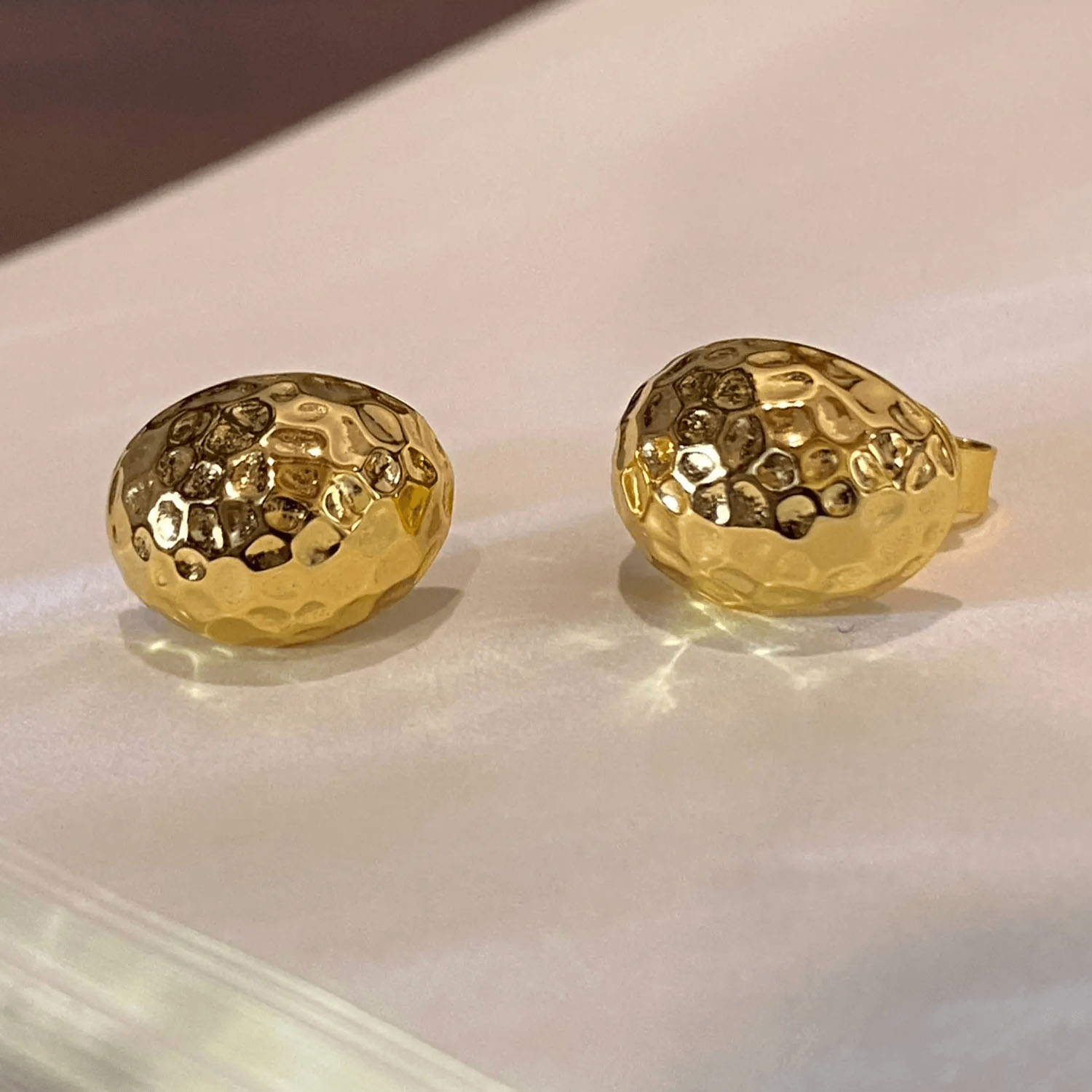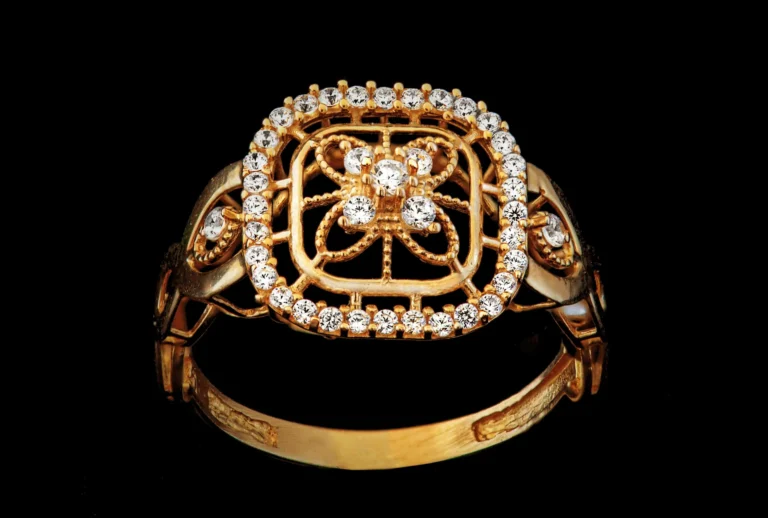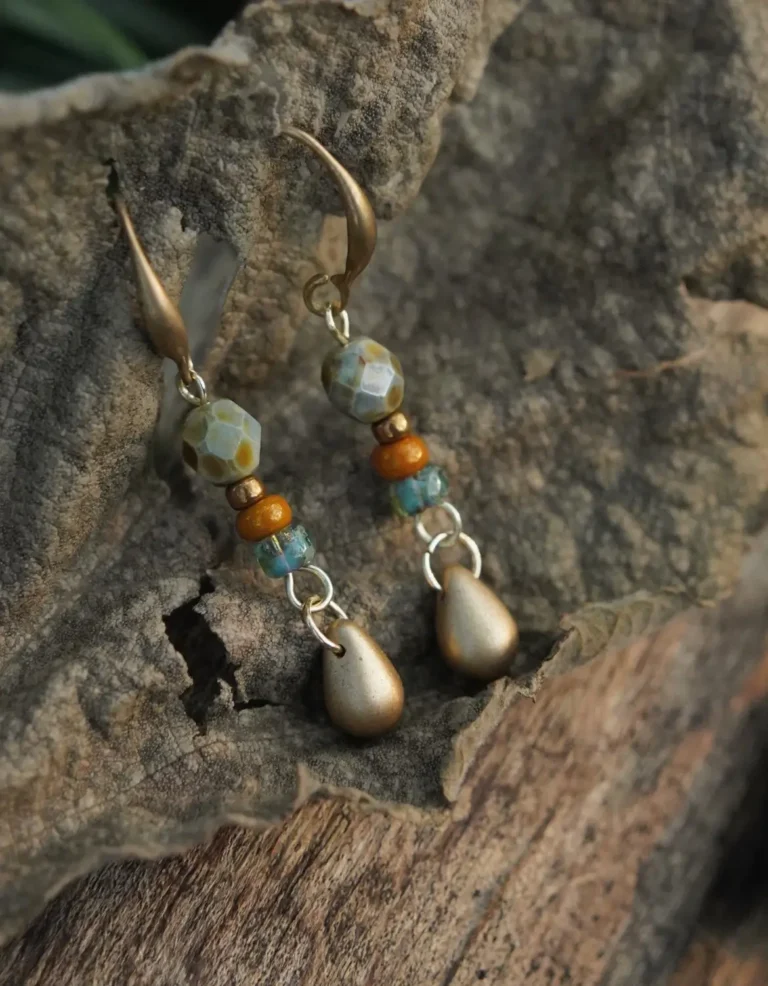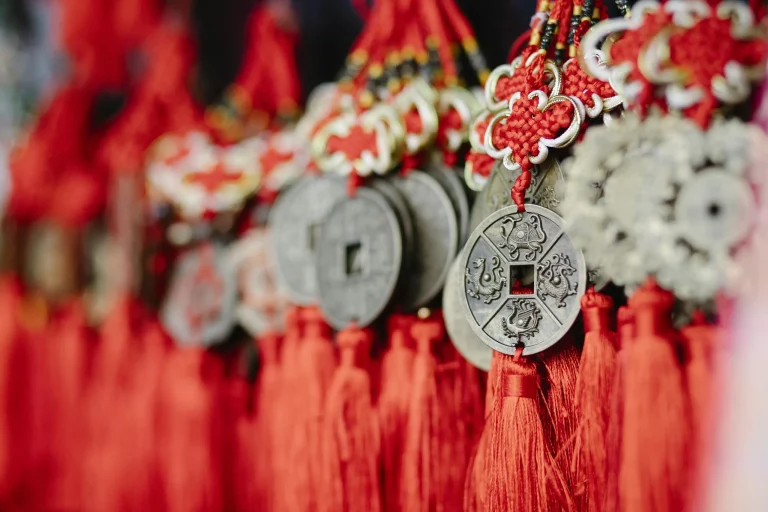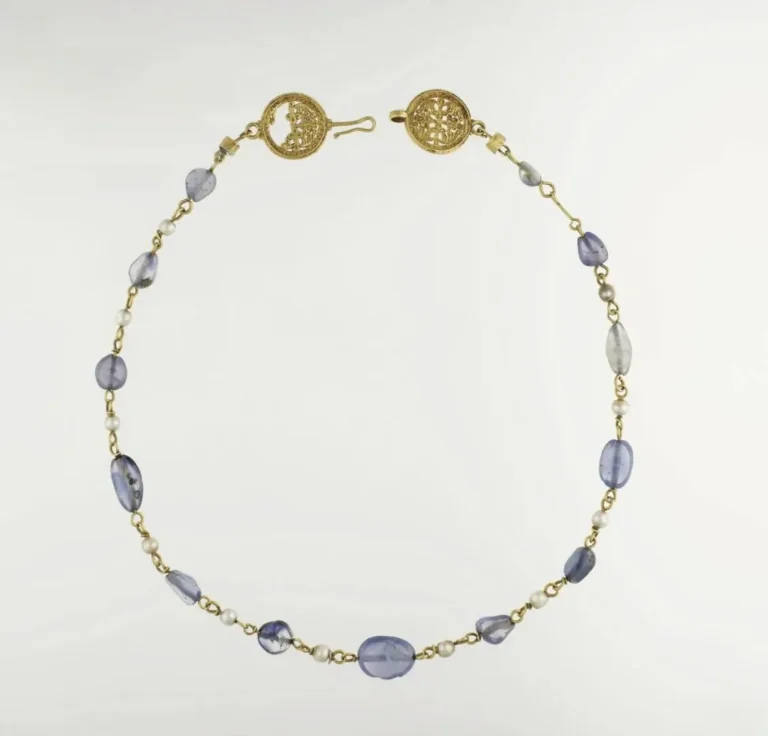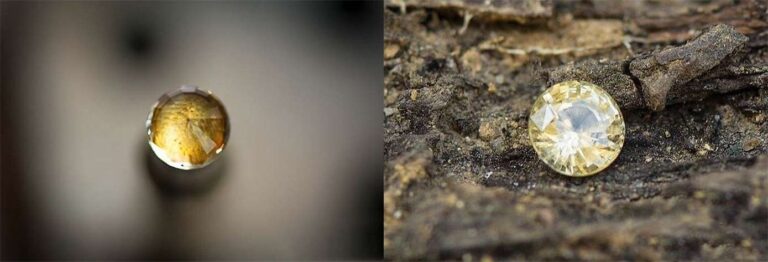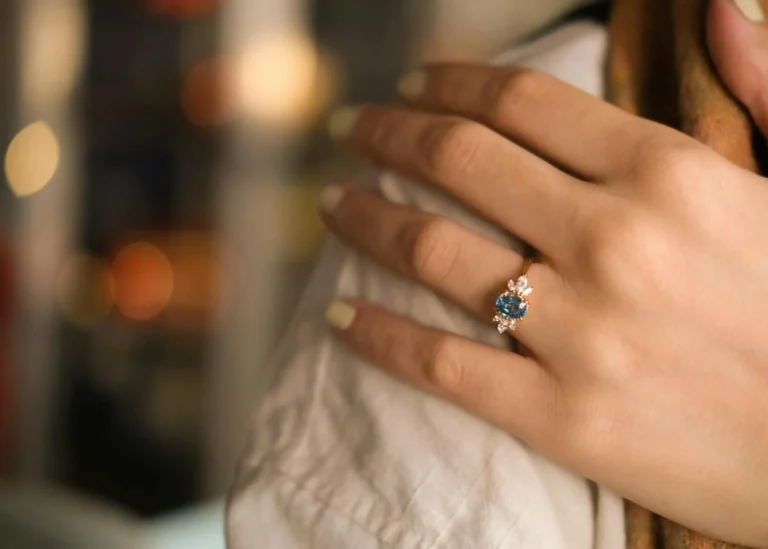The Simplest Setting Can Still Look Sophisticated: Unlocking Jewelry Metal Texturing Techniques for Minimalist Designs
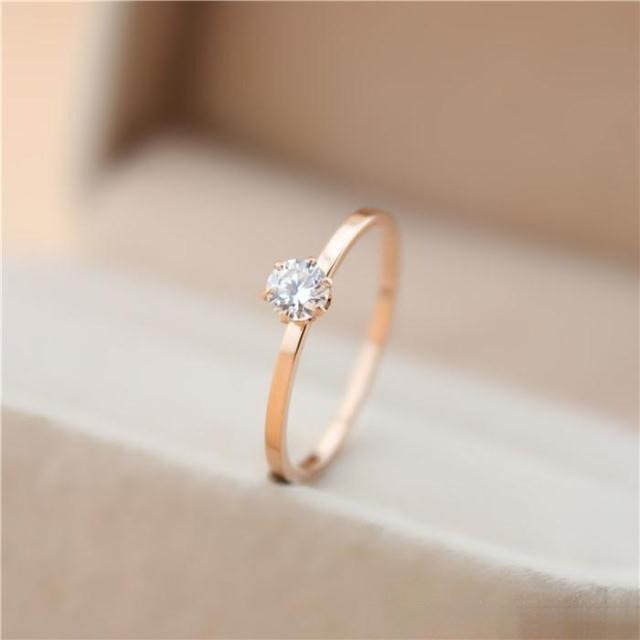
A client once told me she wanted a very minimal engagement ring—just a simple prong-set diamond—but also hoped for some “design flair.” After searching online for hours, she couldn’t find the right balance. Minimalism and “luxurious feel” often conflict: if the center stone isn’t large enough, a plain design can quickly look cheap. The good news is that jewelry is not only about the gemstone—the metal surface itself can make all the difference. By applying Jewelry Metal Texturing Techniques, even the simplest prong setting can feel unique, refined, and full of character.
Why Jewelry Metal Texturing Techniques Elevate Minimalist Designs
Metal surface treatment directly affects the “tactile” and “visual weight” of jewelry. It can substitute for, or enhance, the presence of the center stone. For Western consumers, the recent trend leans toward “subtle luxury” rather than excessive sparkle. Matte, brushed, and hammered textures are often perceived as more elegant and wearable than plain mirror polish.
So in a minimalist solitaire, balancing glossy / matte / textured surfaces can turn a simple design into a layered, expressive piece with true design attitude.
Common Jewelry Metal Texturing Techniques
Here we explore common jewelry metal texturing techniques, offering clear insights into their process, visual effect, and practical applications in modern jewelry.
Mirror Polish
Polishing is the most common treatment and represents the “cleanest” visual language. A mirror finish highlights the gemstone, making it reflect more light. However, an all-mirror piece risks looking generic.
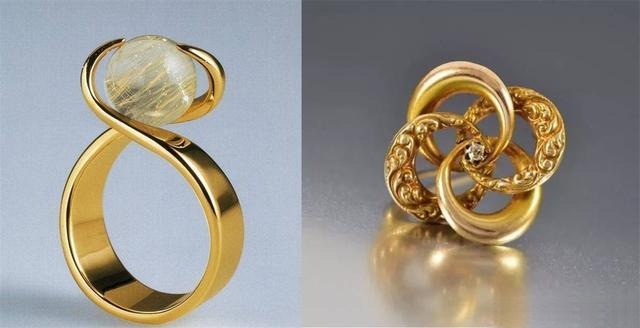
Practical tip: Keep the prongs or setting polished, but combine them with a matte or brushed band. The contrast makes the stone appear more vibrant.
Matte, Sandblasting, and Bead Blast Finishes

While 90% of commercial jewelry still uses mirror polish, matte alternatives are increasingly popular. These include sandblasting, bead blasting, or chemical processes that create a soft, non-reflective surface.
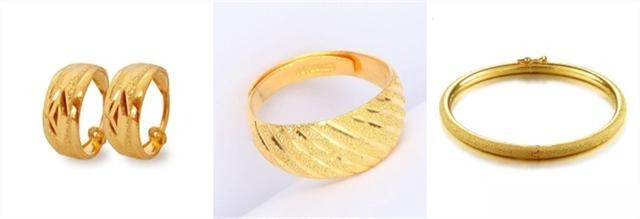
- Visual effect: subtle, understated, almost mist-like
- Texture scale: fine matte → bead blast → coarse sandblast
- Maintenance: small scratches are hidden well, but deeper marks stand out and usually require professional refinishing.
This style is especially favored in Scandinavian minimalism and custom bridal jewelry.
Brushed / Satin Finish
Brushed textures create fine directional lines, giving the surface a soft, fabric-like appearance. Brands like Buccellati and Georg Jensen often use this technique.
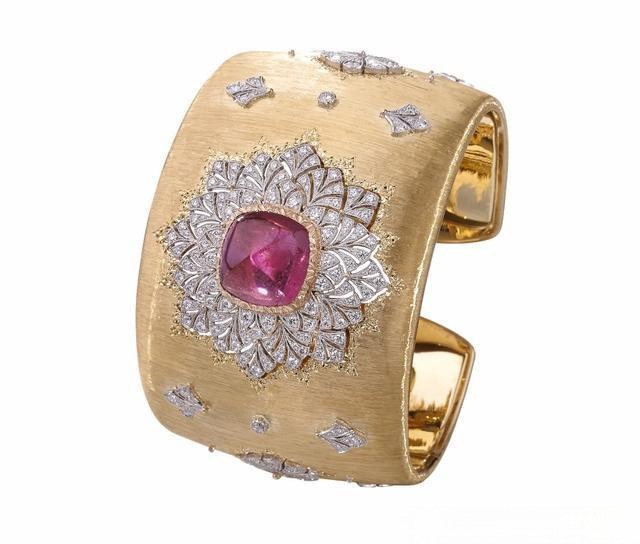
- Fine brushing: smooth, elegant, velvet-like feel
- Coarse brushing: bolder, artisanal, more tactile
- Durability: hides minor scratches well, though heavy wear still requires refinishing
This is a go-to technique for understated yet sophisticated designs.
Decorative Techniques (Engraving, Milling, Chasing, Enamel, Granulation)
Long before jewelers had pavé diamonds, they relied on metalwork itself to create detail. Today, these traditional techniques still bring richness to minimalist silhouettes.
1. Milling / Guilloché
This technique involves cutting bright lines into the jewelry surface, forming intricate patterns. The results sparkle beautifully, but overdoing it can quickly look tacky. It’s a balance between eye-catching shine and tasteful restraint.
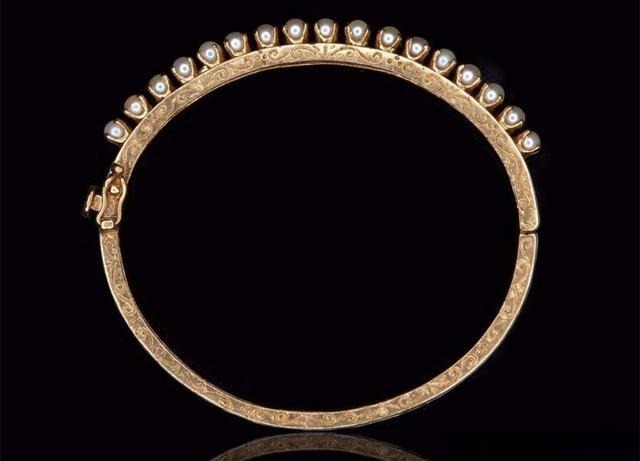
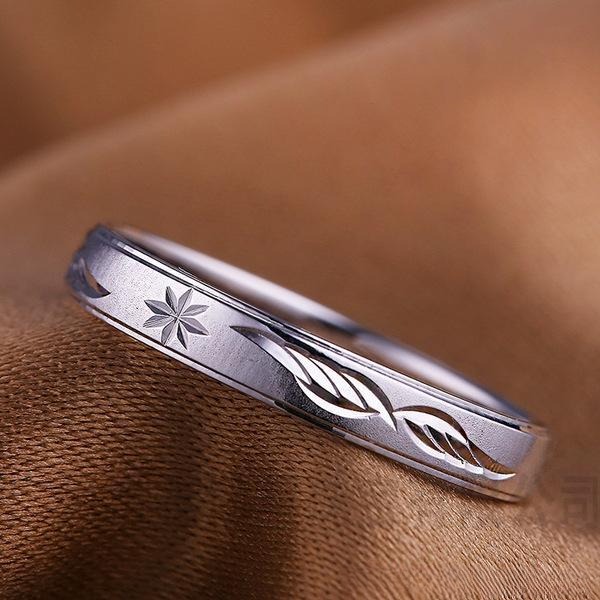
2. Chasing / Repoussé
Artisans hammer variously shaped chisels onto the metal, creating raised or recessed lines and motifs with varied depth and texture—some smooth, some rough. The patterns are richly expressive, but mastering them requires high skill, making such pieces more costly. Common techniques include:
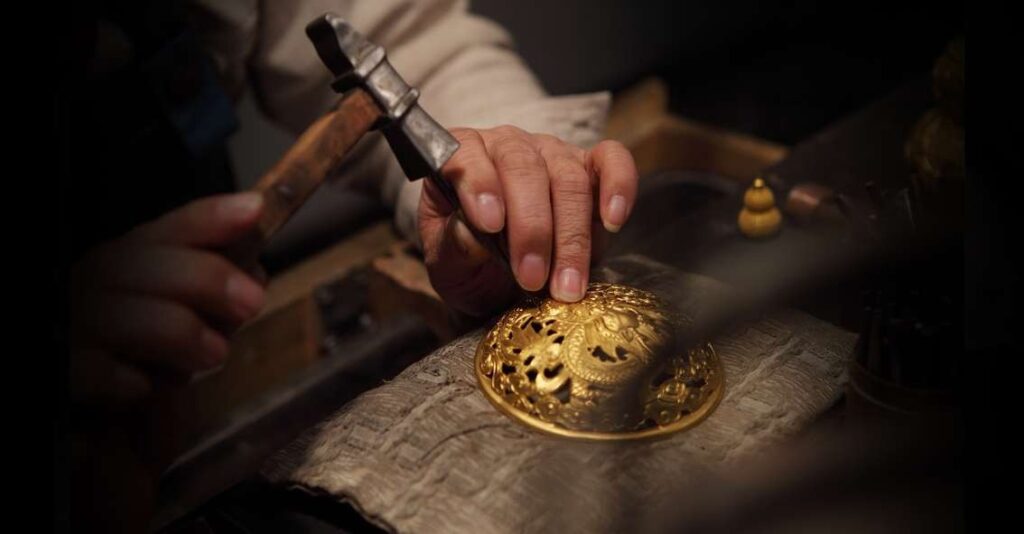
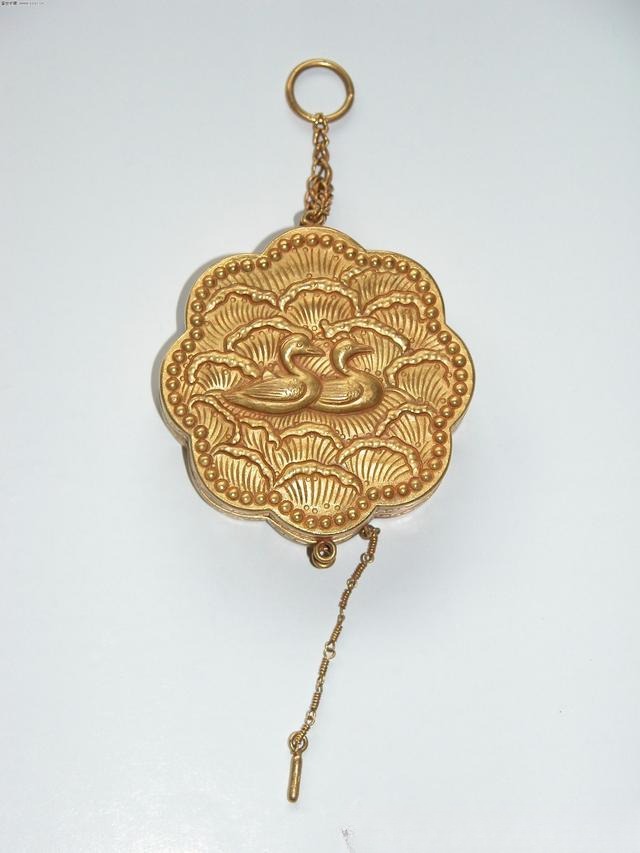
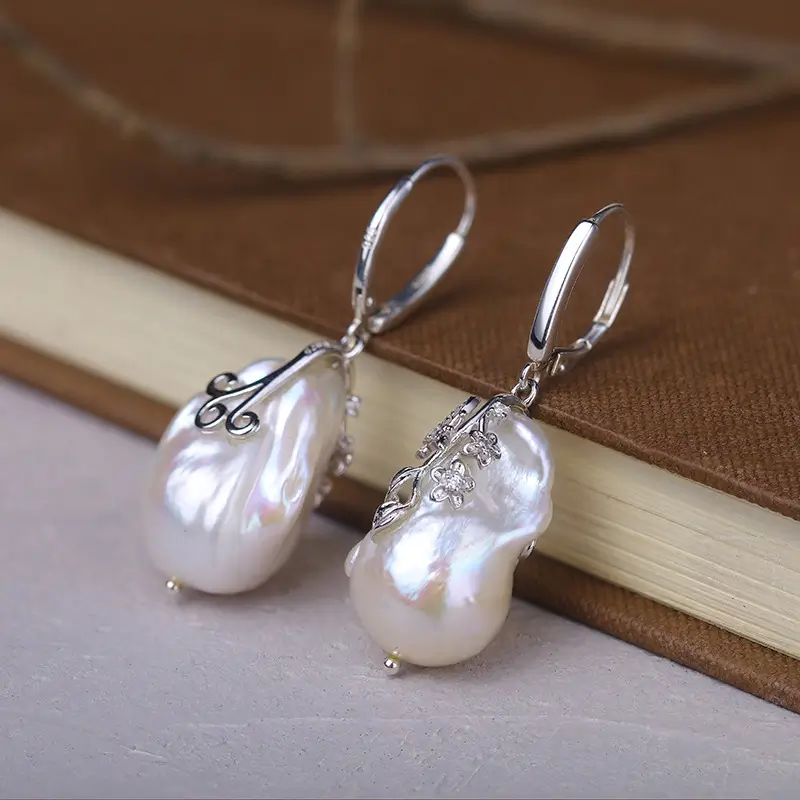
- Relief (Repoussé): Hammering from the back to create raised motifs.
- Sunken carving (Chasing): Hammering from the front to create recessed patterns.
- Flat chasing: Producing shallow patterns without significant depth.
- Openwork: Carving out areas of metal to create intricate, see-through designs.
3. Granulation
Tiny gold beads are fused onto the metal surface to form dense or accentuating patterns. Historically, this may have been considered “magical”—ancient artisans clearly didn’t worry about clutter! The effect is whimsical, tactile, and undeniably craft-forward.
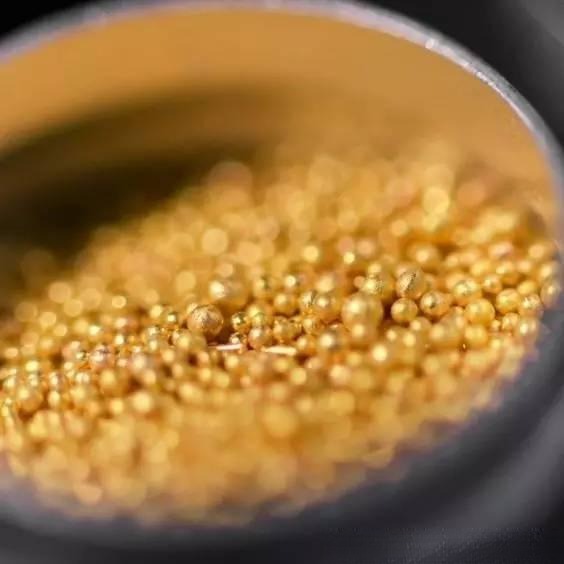
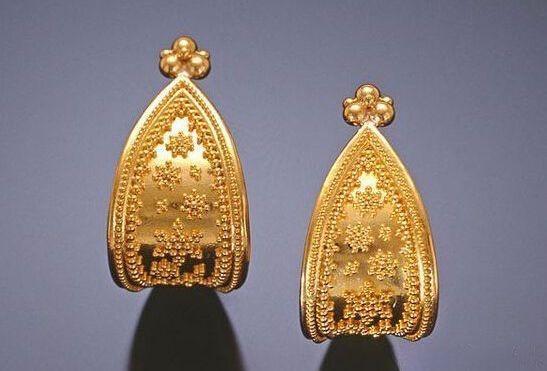
4. Enamel
Enamel fills recessed areas with colored glass or resin. When done well, it produces luxurious, jewel-like surfaces. Done poorly, however, it can look gaudy or amateurish. Color selection and execution are critical to achieving elegance.
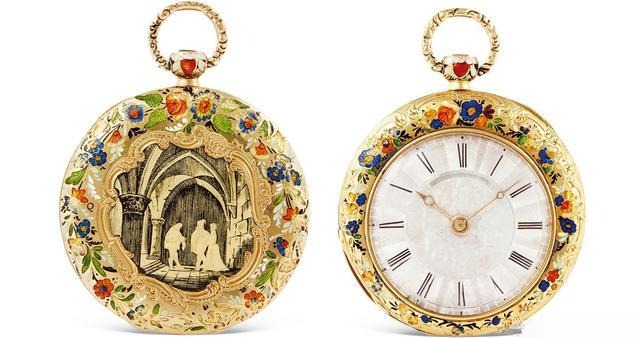
These details add storytelling and finesse to even the simplest jewelry.
Jewelry Metal Texturing Techniques – Decorative Patterns
When jewelers move beyond plain polished gold or silver, they often add textures that mimic nature or create artistic effects. These decorative finishes make jewelry feel more organic, tactile, and expressive. Here are four of the most distinctive textures:
1. Wood Grain Texture
Wood grain patterns replicate the look of tree bark or branches. Designers often choose this texture for nature-inspired or botanical jewelry. However, it requires slightly thicker metal to achieve the carved effect, which can raise the overall cost. Despite the added weight, the result is a unique, lifelike surface that resonates with those who love organic design.
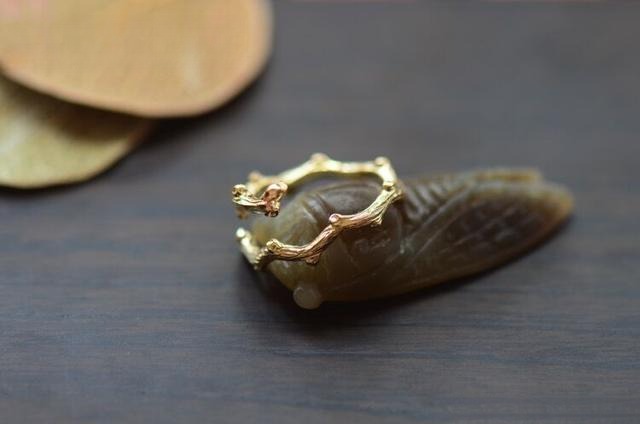
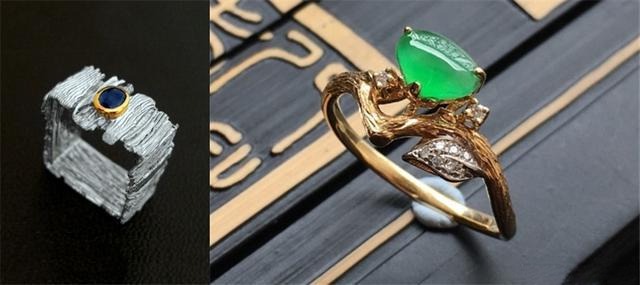
2. Foil Texture (Candy Wrapper Finish)
Foil texture looks like crumpled candy wrapping—playful, shiny, and full of light reflections. The irregular folds catch and scatter light in multiple directions, giving the piece a sparkling energy. This finish adds a sense of fun and creativity, making it perfect for statement rings or pendants that are meant to stand out.
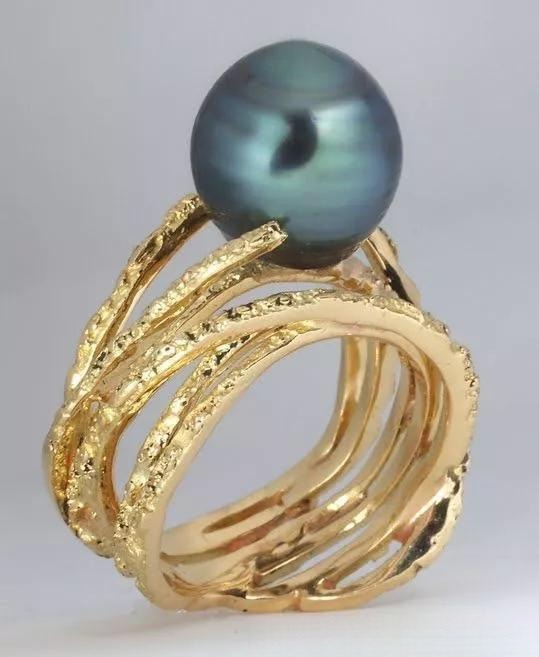
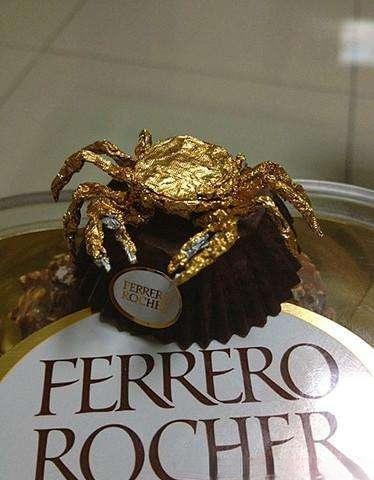
3. Hammered Finish
Hammered texture is one of the most recognized jewelry metal texturing techniques worldwide. Contrary to the common belief that it originated in Japan, this method has deep roots in ancient Chinese silversmithing. Artisans strike the surface with hammers of different sizes, leaving small indentations that refract light beautifully.
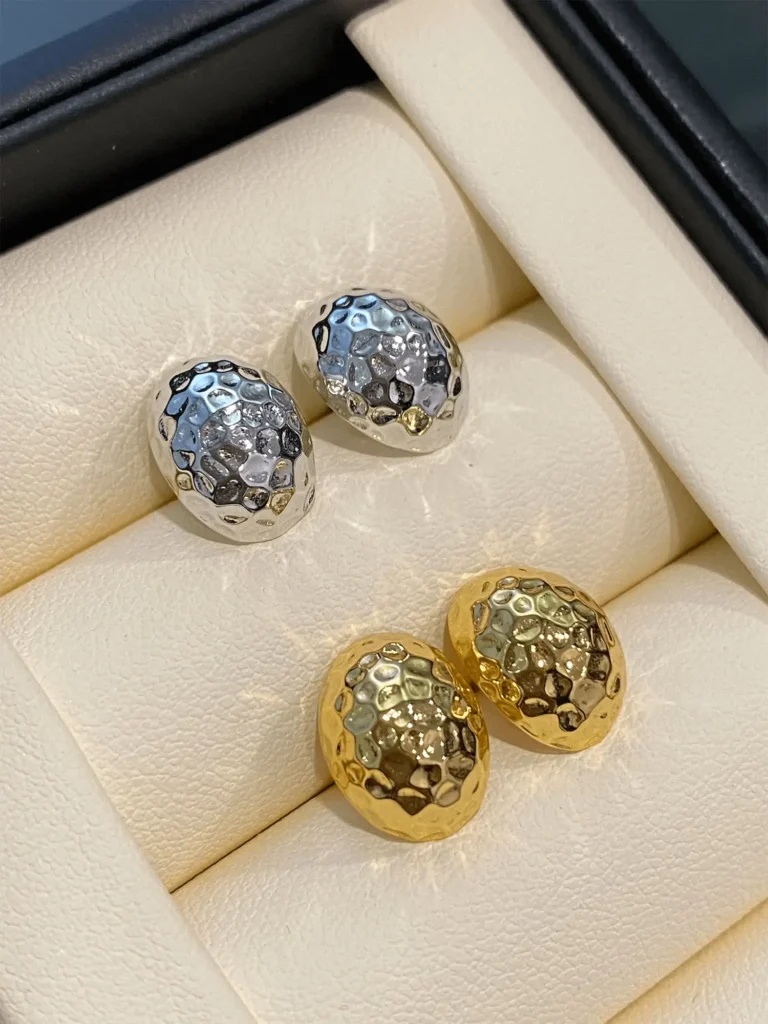
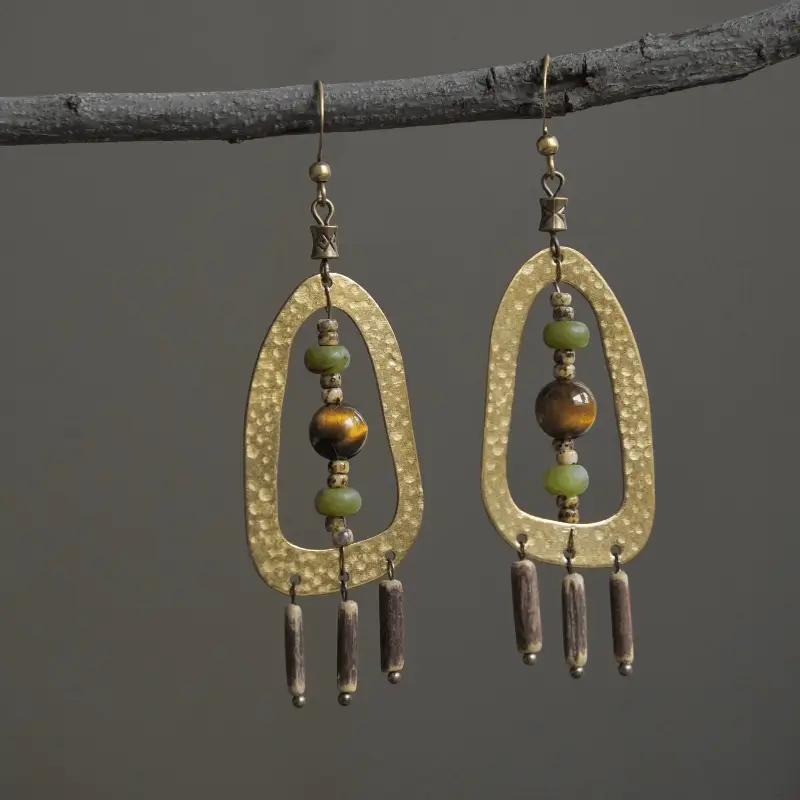
- Visual impact: softer than a mirror polish but livelier than matte.
- Uniqueness: every strike is different, which makes each hammered ring one of a kind.
- Style: fine hammering creates a refined, wedding-ready look; larger strikes feel rustic and bohemian.
- Practicality: this finish hides everyday scratches better than polish, though deeper dents may need repair.
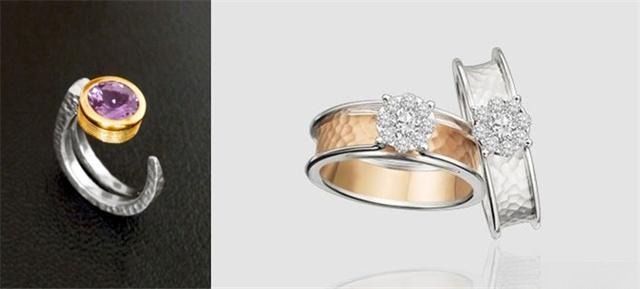
Because of its mix of beauty and durability, the hammered finish is especially popular in wedding bands, stacking rings, and silver pendants.
4. Granulated or Caviar Texture
This texture consists of raised, bead-like dots that resemble fish eggs. It often appears on heavier pieces or designs set with gemstones. The granules add depth, contrast, and a sense of intricacy. While it can be overwhelming for those sensitive to clustered patterns, granulation has been a classic decorative technique in both Eastern and Western jewelry traditions for centuries.
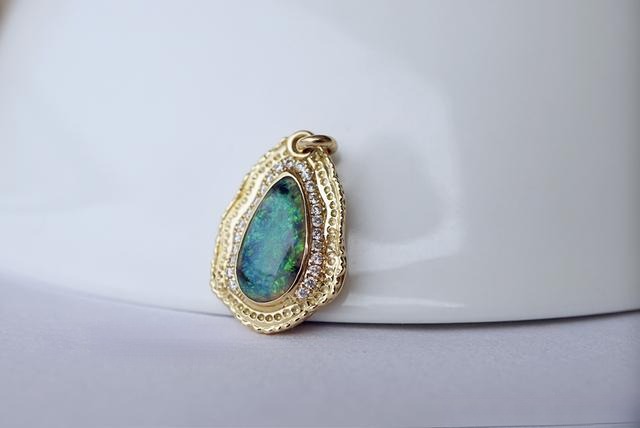
Summary: Comparing Jewelry Metal Texturing Techniques
Each decorative texture brings a different mood and functionality to jewelry design:
- Wood Grain Texture: Natural, organic, and lifelike. Ideal for botanical or nature-inspired jewelry, though it requires more metal and increases cost.
- Foil Texture: Playful and sparkling, like crumpled candy wrap. Works well for bold statement pieces that need to catch attention.
- Hammered Finish: Versatile and timeless. Offers a unique balance of elegance and rustic charm, making it a favorite for wedding bands and everyday wear.
- Granulated (Caviar) Texture: Intricate and traditional. Best for heavier designs or pieces that emphasize craftsmanship and fine detail.
👉 In short, choosing the right texture depends on the wearer’s personality and the purpose of the jewelry—whether it’s meant to feel organic, playful, timeless, or ornate.
Best Jewelry Metal Texturing Techniques for Solitaire Rings
- Low-key luxury: mirror prongs + matte/brushed band
- Handcrafted feel: hammered band or hammered prongs
- Refined detail: micro-milgrain edges, engraved inner shank
- Color twist: subtle enamel or bi-metal (e.g., rose gold shank with white gold setting)
- Hidden highlight: reflective mirror finish under the stone to boost sparkle
Practical Advice for Buyers
- Metal choice: 18K gold = richer color, softer; 14K gold = harder, better for thin bands; platinum = durable and hypoallergenic
- Allergy concerns: choose nickel-free alloys or platinum/18K gold
- Maintenance:
- Polish = easy to refinish, but shows scratches quickly
- Matte/brushed = hides scratches, but must be re-applied professionally
- Enamel/granulation = avoid harsh cleaning, may require specialized care
- Repair: Always ask if the jeweler offers refinishing or workshop services for texture restoration
Quick Design Checklist for a “Minimal but Designed” Solitaire
- Band: brushed or hammered finish, ~2–2.5mm width
- Setting: mirror polish for stone emphasis
- Prongs: asymmetry or slim claw style for modern look
- Edges: micro-milgrain or fine grooves for subtle detail
- Inside shank: engraving, matte finish, or a hidden shine line
- Metal contrast: matte yellow/rose gold band with white gold/platinum head
Care and Cleaning
- Daily: warm water + mild soap + soft brush
- Avoid: ultrasonic cleaning for enamel, pavé, or delicate textures
- Refinishing: polishing is simple; matte, brushed, or hammered textures must be redone by a professional
👉For more detailed care tips, please refer to our blog article “How to Wear and Care for Your Handmade Vintage Jewelry.”
Conclusion — Design Elevates Jewelry
At PeonyJewels, we believe that fine materials paired with thoughtful design bring out the true value and charm of a piece. Even a simple prong-set solitaire can reveal unique character and refined elegance through careful jewelry metal texturing techniques.
For buyers, subtle surface finishes often feel more luxurious than heavy ornamentation. The same philosophy applies to our handmade vintage earrings: whether hammered, brushed, or engraved, each piece showcases artisanal skill, transforming everyday jewelry into timeless, personal treasures.

